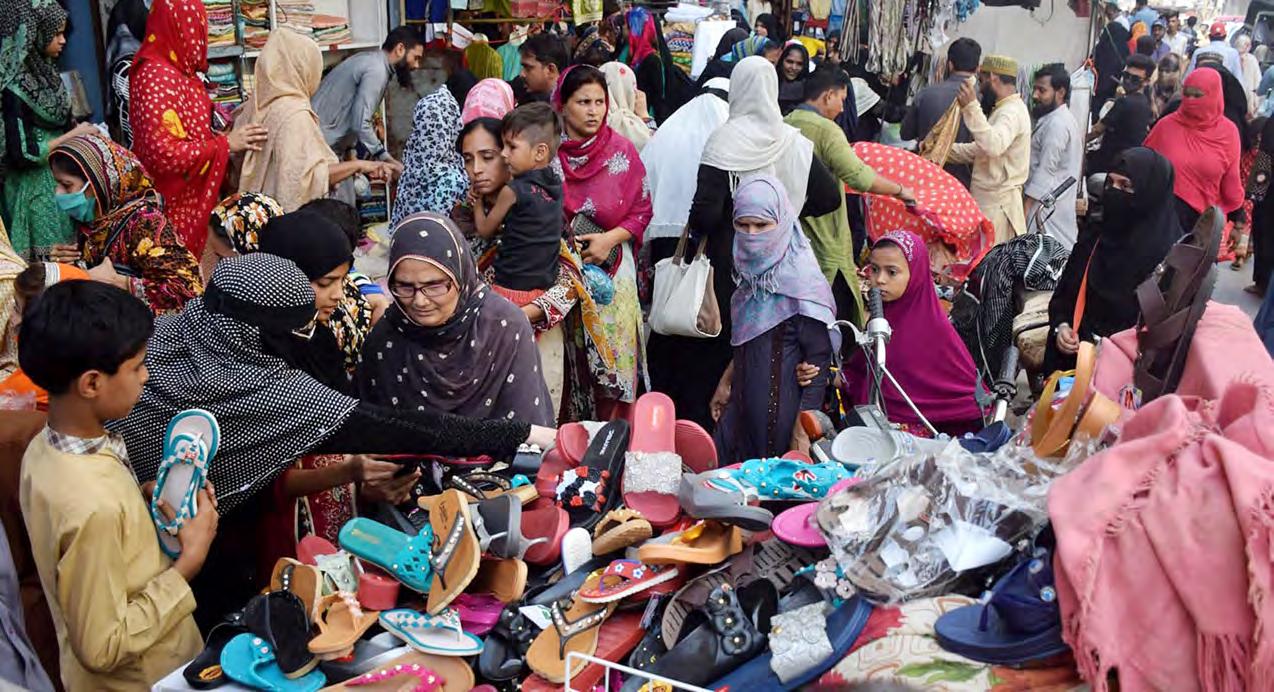
1 minute read
Women’s Search for Urban Inclusion Finding Home in the City:
Public spaces in the city are masculine realms that are designed to exclude women. However, this can be mediated by women-friendly city planning
By Bakht Noor
Advertisement
On the 8th of March in recognition of the International Women’s Day, women from the metropolitan centres of the country- Karachi, Lahore and Islamabad took over the streets and raised vibrant placards in lamentation of their social injustice, calling for their rights and celebration of their solidarity. The Aurat March has been a contentious topic of public debate, regularly instigating accusations of obscenity, catcalling on the streets and physical assaults in the shape of stone attacks by Mullahs.
In the public discourse, there is something deeply unsettling about swathes of women occupying the bustling roads of the city in broad daylight. Think of it this way. When you commute to work or anywhere for that matter, apart from street beggars, do you see women wandering along the roads? Most likely, not.
Street protests radically reconfigure our perception of urban spaces. One of the reasons why Aurat March is widely contested is because it blatantly defies the chaadar and char dewaari customs that regulate women in our society. We are simply not used to seeing women on the streets.
While the Aurat March is a once in a year event that invites certain women to





